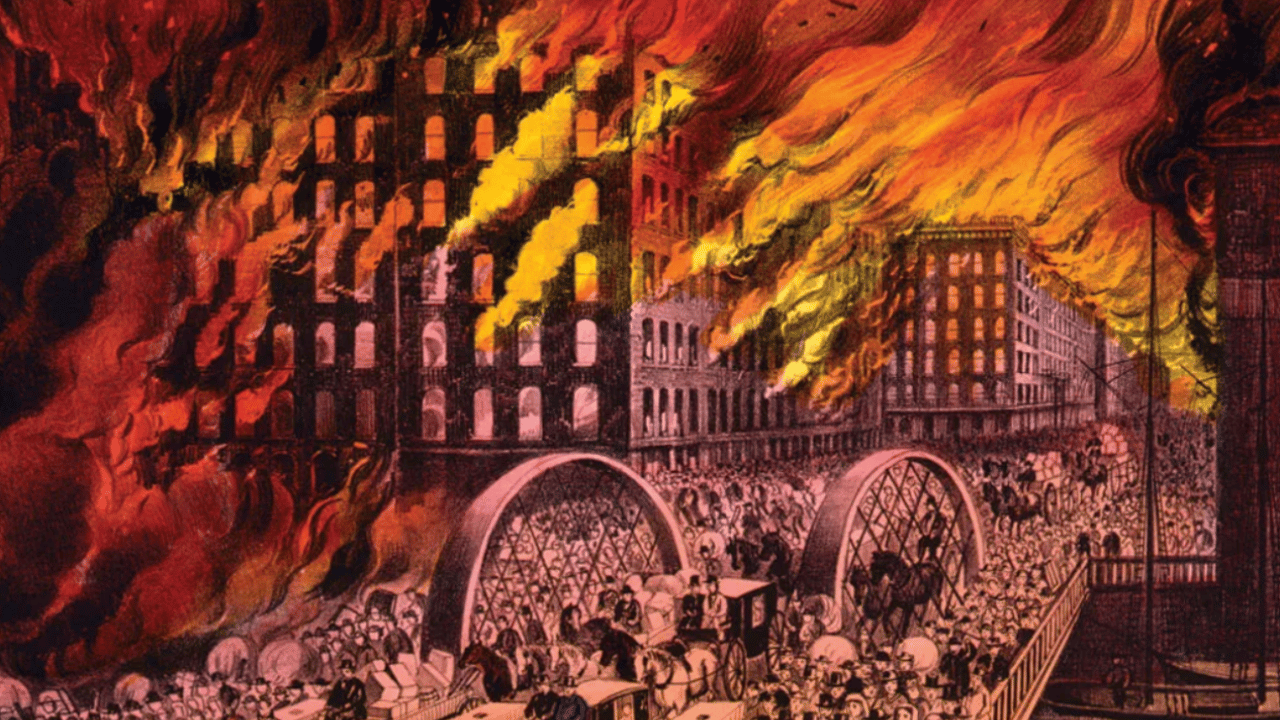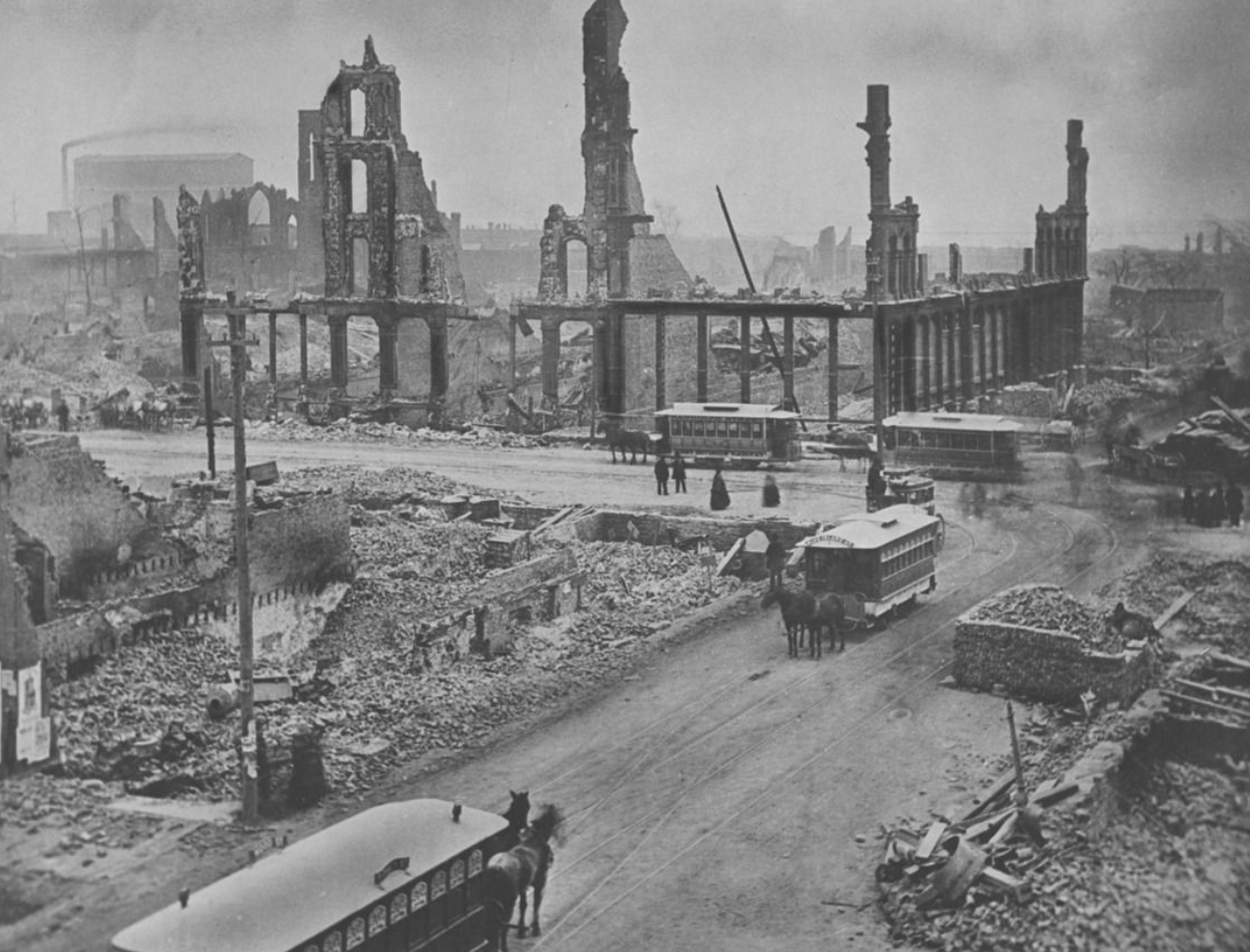Ruhrpumpen's Fire Campus: October 2024
The Great Chicago Fire
The Chicago fire disaster, which began on October 8, 1871, and raged until early October 10, devastated a significant portion of the city.
In the mid-19th century, Chicago experienced remarkable growth, with the population soaring from around 30,000 in 1850 to nearly triple that figure just a decade later. Affordable transportation encouraged middle-class families to move to the outskirts, while poor neighborhoods near downtown became overcrowded. Many structures in these areas were built of wood, making them particularly vulnerable to fires. However, none could compare to the blaze that ignited on October 8. Months of drought had parched the landscape, and the intense heat, combined with a major fire the previous night, had exhausted firefighters and damaged their equipment.
.

The Great Chicago Fire began on the city’s West Side, in the De Koven Street barn of the O’Leary family, though it is not known the real cause of how the blaze started. Misdirected fire equipment arrived too late, and a steady wind from the southwest carried the flames and blazing debris from block to block. The slums became kindling for the downtown conflagration, where even the supposedly fireproof stone and brick buildings exploded in flames as the destruction swept northward. Only rainfall, the lake, and stretches of unbuilt lots on the North Side finally halted the wave of destruction on the morning of October 10.
The Chicago fire, the most famous in American history, claimed about 300 lives, destroyed some 17,450 buildings covering almost 3.5 square miles (9 square km), and caused more than $200 million in damage. Roughly one-third of the city laid in ruins, and an equal proportion of the population, nearly 100,000 people, was homeless.

While the fire had devastated the downtown and North Side of Chicago, the stockyards and lumberyards on the South and West sides remained intact. The city rebuilt quickly, and by 1880 its population had reached a half million. A new generation of even taller downtown buildings became under construction. Department stores and offices crowded into the central area, and industrial growth along the river branches and rail lines grew rapidly.
Since 1922, the NFPA has sponsored the public observance of Fire Prevention Week. In 1925, President Calvin Coolidge proclaimed Fire Prevention Week a national observance, making it the longest-running public health observance in our country. During Fire Prevention Week, children, adults, and teachers learn how to stay safe in case of a fire. Firefighters provide lifesaving public education in an effort to drastically decrease casualties caused by fires.
